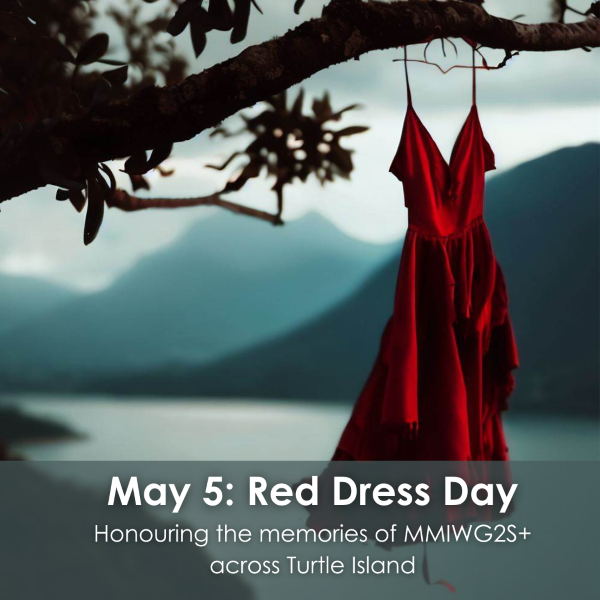Much can be learnt about the Native American way of life by studying their artistic talents. Interestingly, back before the first century, even the term ‘art’ was a foreign notion, saved for the Europeans rather than the Americans, who did not view the creative concept as a significant part of their society. These days, however, the demand for Native American pieces is increasing, as we begin to appreciate the true beauty of the art they were so dismissive of.
Back to the Beginning
That is not to say that the ancient Native Americans did not admire beautiful things, they just appreciated it in terms of quality rather than aesthetics – a well-crafted basket, for example, would always be preferable to one that had been clumsily put together. It is just that art was never considered to be a vocation on its own.
The history of Native American art can be traced back well before the first century, with the first recorded piece created over thirteen-thousand years ago. Discovered near Vero Beach, Florida, the image of a mammoth surrounded by cross-hatched designs had been carved into a megafauna bone.
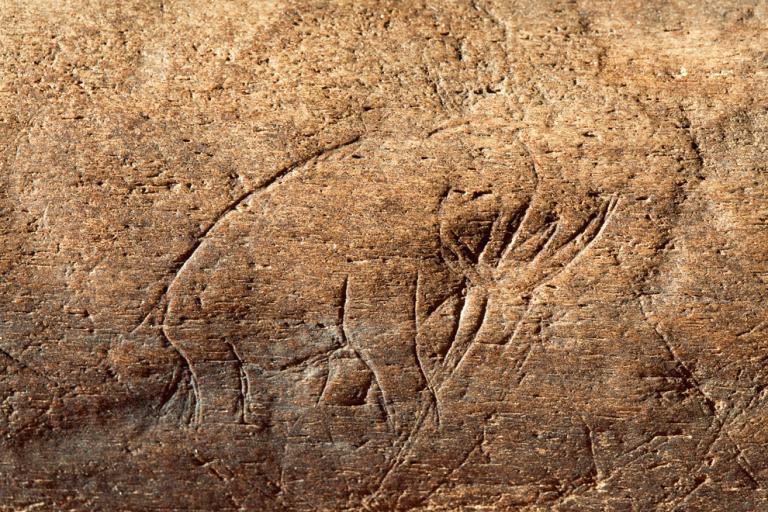
The Native Americans were not afraid to experiment with different kinds of art, including sand and oil paintings, basket weaving, crafts, ceramics and wood carvings. It was mostly the women who would enjoy spending hours weaving the baskets or blankets to create bright and intricate patterns, with the Navajo tribe being particularly celebrated for their rainbow blankets.
The men tended to prefer to carve their designs and in colder areas they would use objects such as whales’ teeth and rocks as a canvas for the depictions of the animals they relied on. They would often create pendants and statues, including the notorious totem pole, a famous example of Native American art that is an extremely important part of their heritage. The totem pole is made up of three or more animal effigies, the spirit of which is thought to be with you for life. Each member of a tribe is allocated up to nine spirit animals, depending on the character qualities they share and the creatures they have a natural affinity with, and these are depicted in the totem pole. Of course, the totem animals were restricted to creatures that the indigenous population were familiar with, but they could also be represented in emblems, crests, figurines and individual stone carvings.
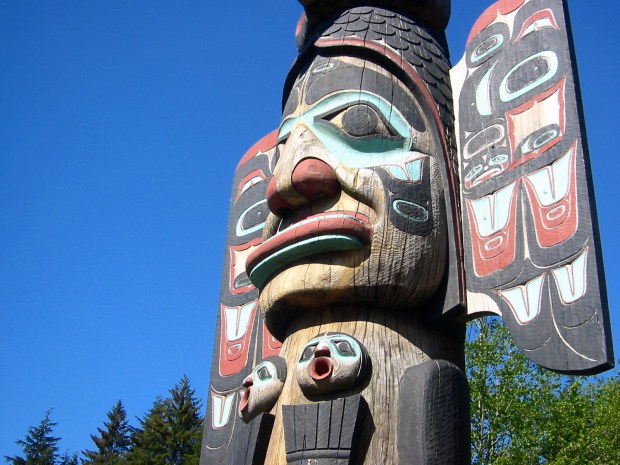
Time Matters
The next recorded item wasn’t made until years later, but it seems that there was no stopping the Native Americans once they got started. One of the most notable pieces includes a 12-foot monolithic calendar stone believed to have been created in 1479, which now sits in the National Anthropology Museum in Mexico. It did hang on the exterior wall of the Mexico City Cathedral for some time after it was rediscovered there in 1790 when repairs were being undertaken. It was moved in 1885.
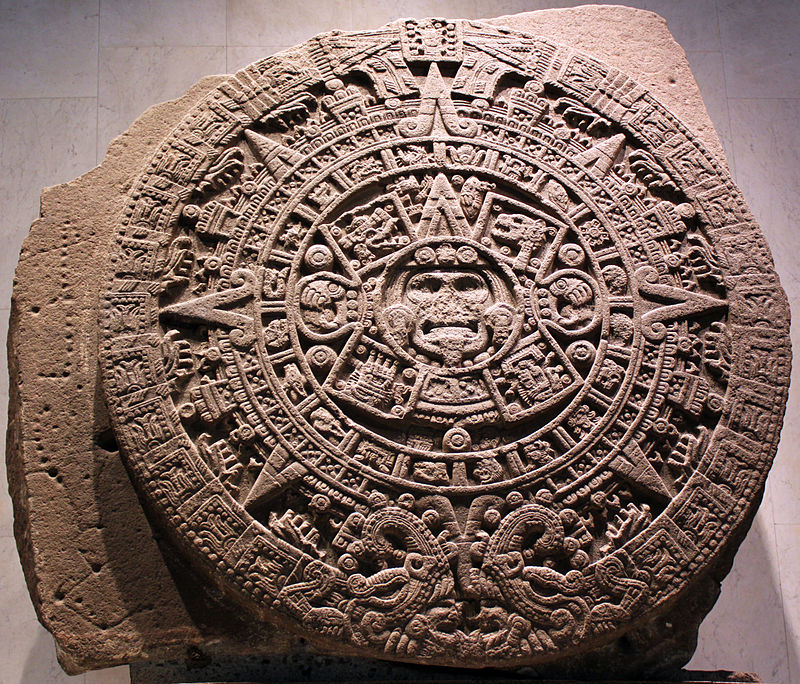
The circular stone has been carved with markings based on the ancient Mexican cosmogony, with the god of the sun in the centre, holding a human heart in each of his hands. The deity’s tongue is represented as a knife to represent a human sacrifice. This image is cushioned with four squares, intended to represent the past, or the four previous suns. The Aztecs believed that there had been four eras prior to theirs, all of which had ended in anarchy. The first square was intended to show the final day of the Jaguar era, when monsters arrived on earth and consumed humanity. The second square shows the wind era, which ended in hurricanes and all people were turned into monkeys. The third square or era is for the rains of fire which turned mankind into turkeys and the fourth era is for the waters that flooded the world and turned everyone into fish.
This sun stone image has become so popular in modern culture that it can now be found on the Mexican 20 Peso gold coins.
Ledger Art
In the 1860’s, the Native Americans gave birth to ledger art, which referred to any image drawn or painted on paper or cloth. It is believed that accounting ledger books were often the material choice, which was the reason for the name. This style of art became popular after years of decorating buffalo hides – as the buffalo numbers dwindled thanks to US government eradication programmes, the indigenous population had to find other ways to express their creativity.
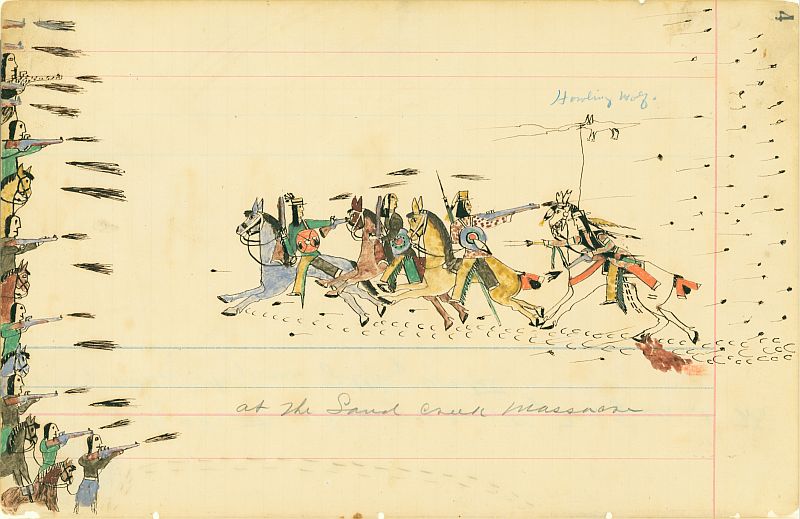
Traditionally, art made by men and women was very different. Men preferred to draw images of battle, boasting their own conquests through their designs as a way to gain respect throughout their tribe. Female art was more abstract, with geometrical shapes, but both sexes would use a thick outline filled with solid blocks of colour – detail was unimportant at the time.
Ledger art represented a time of change in the Native American’s lifestyles. As paper and other drawing materials became available, there was no need to use their previous tools of choice, which included bone or wood saturated in mineral pigments. They were able to maintain a nomadic lifestyle with the implements given to them by traders and government workers, but the artistic traditions were given a modern overhaul.
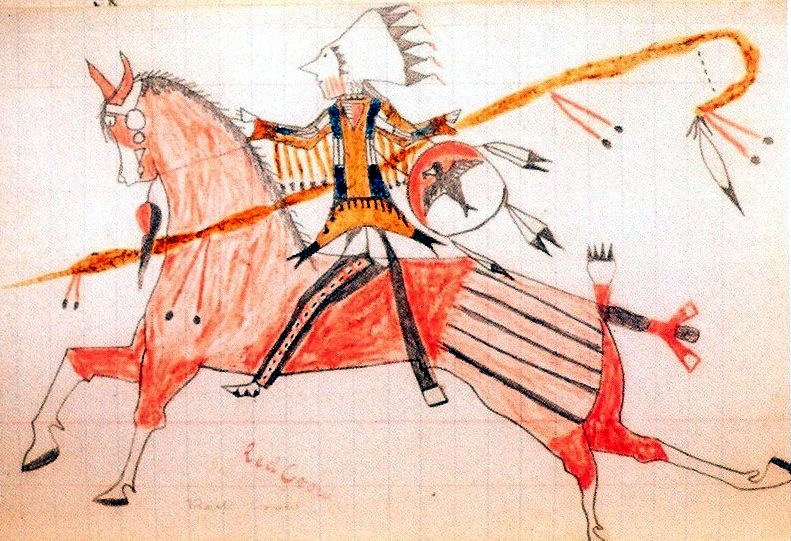
Some of the most celebrated pieces of ledger art were actually produced by prisoners of war at Fort Marion in Florida. It was known as the Red River War and was between Native American tribes and the US government during the afore mentioned eradication programme. The government believed that the Native Americans would have to conform to domesticated life if they did not have the buffalo to rely on, so they intended to slaughter every single wild buffalo in the country. Various tribes banded together to protect the last free herd of buffalo, with many of the leaders captured and held prisoner. The government used this as an opportunity to try and ‘westernise’ the tribes, giving them basic art supplies to use while held captive. As you might expect, the main theme was battle, since this was a subject so close to their minds, but they also drew animals, romantic scenes and political images portraying their emotions regarding the civilised societies encroaching on their territory. Many of the prisoners continued to draw after their release.
Modern-Day Native American Art
These days, you don’t have to become an archaeologist to enjoy Native American art. The movement is still thriving, with many art galleries around the US portraying modern day pieces and festivals celebrating their work such as the Biennial of Indigenous Art and Culture in Santiago. If it is older items you wish to see, there are also museums including the National Museum of the American Indian in Washington DC which opened in 2004. Native Americans are also making their mark on more formal art events such as the Venice Biennale.
One of the biggest breakthroughs for Native American art came from Jereldine Redcorn (Caddo), who has a piece of pottery displayed in the Oval Office in the White House. She has been credited with single-handedly bringing back one of the ancient traditions of ceramic art. Having visited the Museum of the Red River in Oklahoma, she become obsessed with learning the techniques of her ancestors, shunning modern-day implements in favour of bone and metal tools and coiling the clay and hand-firing it for an authentic finish.

